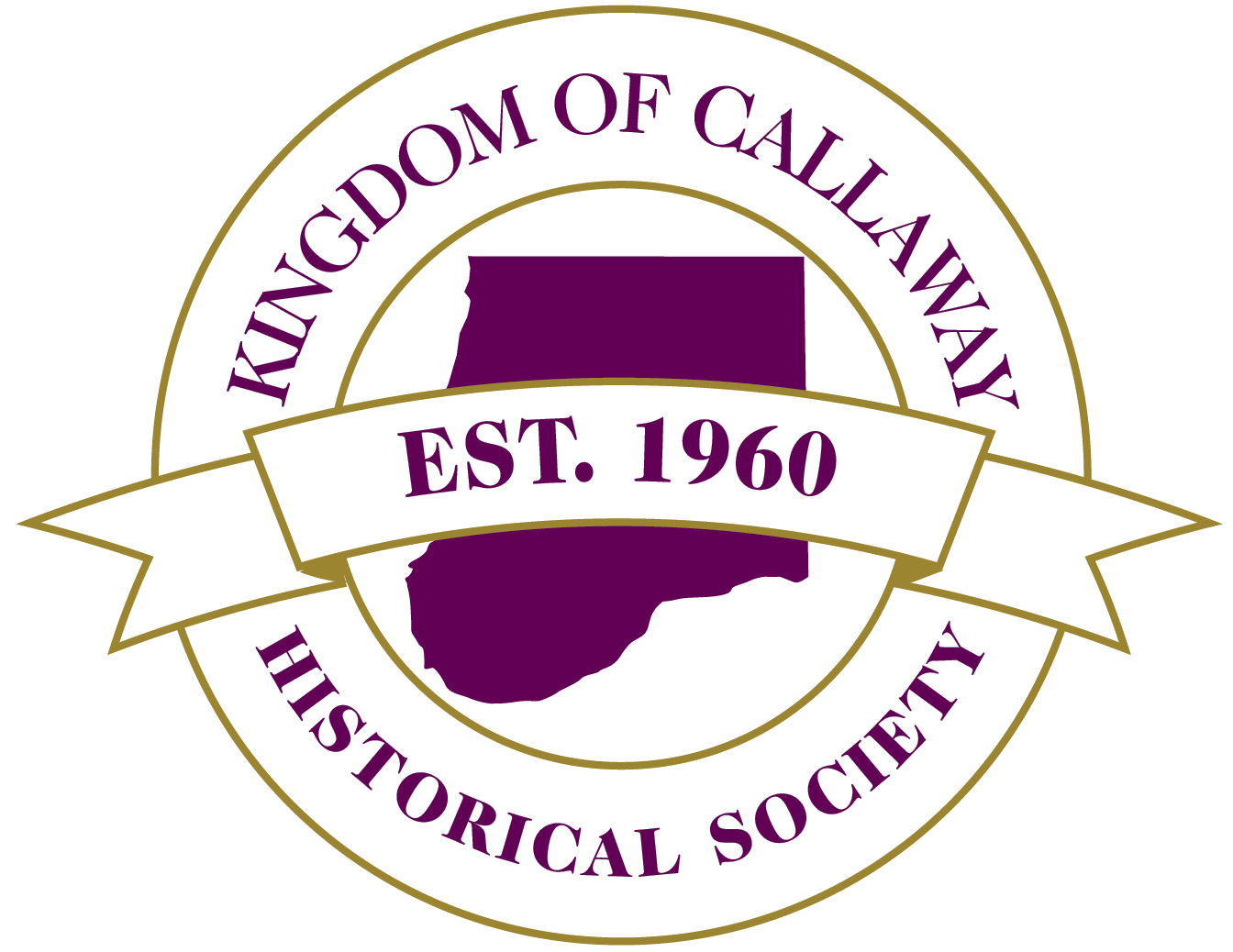Fulton Public Library
Now part of the Daniel Boone Regional Library system and renamed the Callaway County Public Library, the Fulton Public Library is one of 1,689 public libraries in the United States whose construction was funded by Scottish American industrialist Andrew Carnegie between 1886 and 1919. At one time, all but three states, Alaska, Delaware and Rhode Island, had at least one Carnegie Library. The library in Fulton is one of approximately 800 that still function as libraries.
An immigrant, the young Andrew Carnegie oiled and filled bobbins in a Pennsylvania textile factory. Too poor to afford the $2 subscription fee at the local library, he wrote to the library administrator requesting permission to access its collection. When his request was denied, the 17 year-old Carnegie sent a second letter to the Pittsburgh Dispatch. After its publication, public response forced the administrator to reverse his initial decision, granting free access not only to Carnegie, but to other factory workers as well. Carnegie soon gained success as a businessman and by 1901, when he sold Carnegie Steel to J. P. Morgan, he was touted as the world’s richest man.
Carnegie believed that libraries were an essential means of self-education, and personal improvement: necessary instruments of change rather than luxuries for a moneyed elite. In 1883, he funded his first library in his hometown in Scotland. Other early Carnegie libraries were in locations with which he had personal ties, but as word of his generosity spread, he began to receive funding requests from communities across the country, and especially from smaller, rural communities where the presence of a public library was presumed to symbolize culture. Women’s clubs which were coming into prominence at this time often spearheaded the community’s efforts to acquire a Carnegie library.
In 1897, Carnegie hired a personal assistant, James Bertram whose primary responsibility was to review and oversee requests for library construction grants. Over time, Bertram developed a template, sometimes referred to as “the Carnegie formula”, to guide successful grant applicants. After demonstrating the need for a library, local governments had to provide an acceptable site, agree to use public, not private, funding to staff and maintain the library, and guarantee that the facility would be free to the public. There were also design criteria, several of which have since become standard for library interiors, such as a lecture hall or auditorium available for use by members of the community, reading rooms for men, women, and children, open stacks so that patrons can select their own books, and a large, centrally situated check-out desk near the entrance to discourage theft and allow supervision of the facility by the librarian.
Local communities could select the exterior design and hire the architect of their choosing, but Bertram had final approval, using his authority primarily to scale back what he considered to be expensive architectural excesses. Bertram was also known to prefer certain styles of architecture, a fact that may, in part, explain the exterior similarities of many Carnegie libraries. He eventually published “Notes on the Erection of Library Buildings”, a pamphlet that included six layouts for library interiors, all of which conformed to the design criteria in the “Carnegie formula”. Some communities even sought out architects who had gained a reputation for their successful experiences building Carnegie libraries.
Not surprisingly, the city of Fulton hired local architect M. F. Bell to design and oversee the construction of its library which was completed in 1911. Bell’s design features a broad stairway leading upward to an imposing entrance, a characteristic of many Carnegie libraries and often described as symbolic of Andrew Carnegie’s belief that libraries provided the path to education, self-betterment, and enlightenment.

